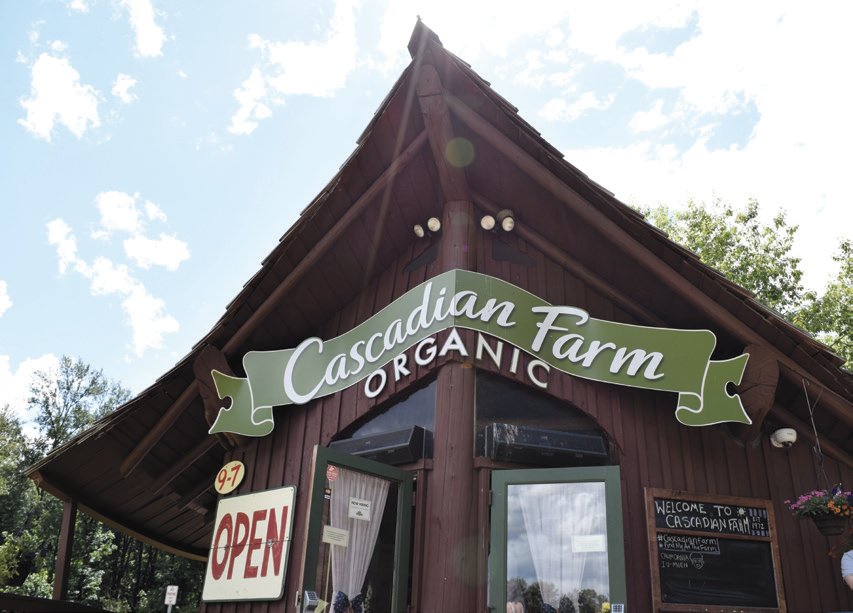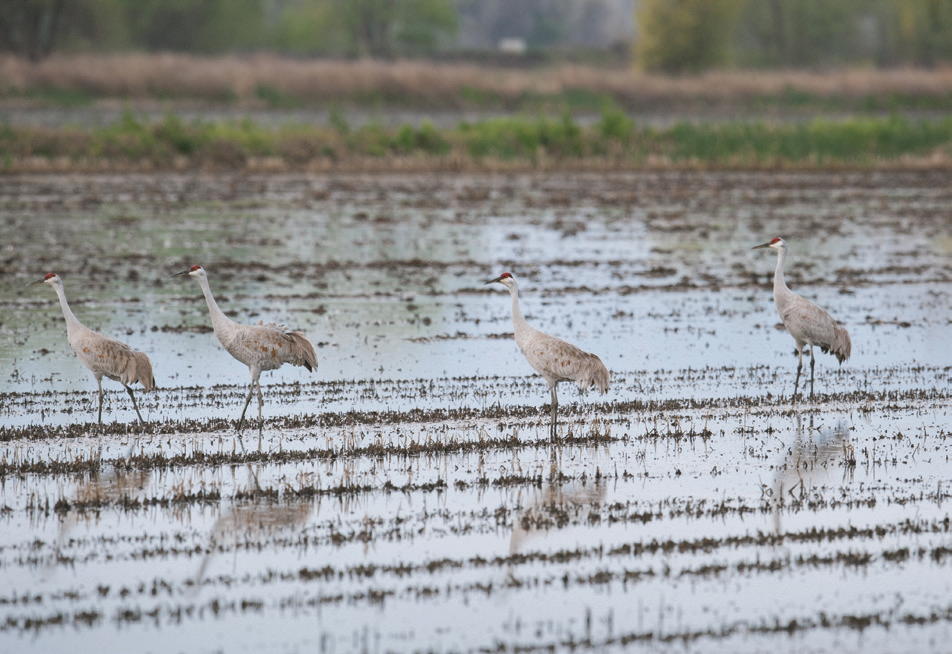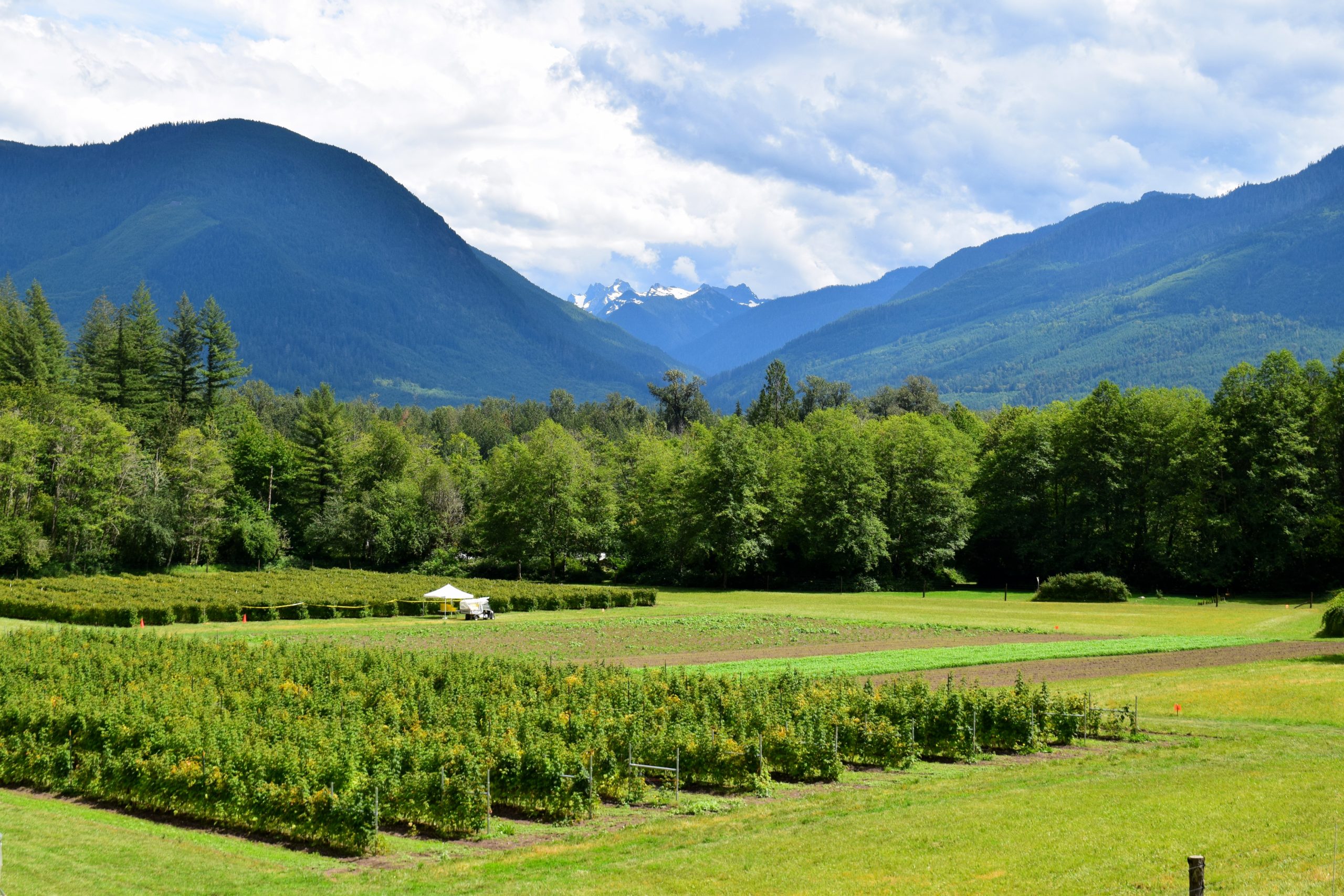
Apr 16, 2021
How Cascadian Farm works to recharge groundwaters, host water birds
While soil rests under four inches of water, birds soak their feet and landowners collect rent money from a conservationists’ group – that’s a rough picture of how a project in Sacramento Valley, California has worked for years.
A picture-perfect ending to that scenario – conservationists hope – is that the water on the fields trickles down to recharge groundwater basins on which farmers have relied, and which local authorities are watching closely under the state’s Sustainable Groundwater Management Act (SGMA).
Cascadian Farm, an organic brand of U.S. food giant General Mills, recently committed $750,000 to The Nature Conservancy to help rebuild farmland in California’s Sacramento Valley, where the company’s suppliers grow rice and almonds.
The two-year investment will rebuild wildlife habitat and regenerate groundwater on more than 25 million square feet, equal to 600 acres of farmland, in this key sourcing region for the brand, according to a news release from General Mills.
“There’s a human benefit, and there’s an ecological benefit,” said Ryan Luster, senior project director, at The Nature Conservancy.
For the birds

The ecological benefit has been the focus for The Nature Conservancy, which since 2014 has rented fields from farmers to flood them and create temporary wetlands for migratory shorebirds – birds like sandhill
cranes that walk rather than waddle. July to October is typically a very dry time in California’s Central Valley, but the flooded fields create more habitat for the birds.
“Typically, what we like to shoot for is 30 days, and keeping that water level at 4 inches,” Luster said. “Starting in 2014 through last fall, we’ve contracted with private landowners to create that type of temporary flooded habitat on about 60,000 acres here in the central valley. We find a way that it works with the landowner, and it’s voluntary. We put out advertisements saying, ‘Hey, we want to do this program, see if you’re interested.’”
The Land Conservancy connects with growers through a sort of reverse auction, soliciting landowners for bids on what it would cost to flood their acres in the program. The Conservancy weighs the location, timing and bird species affected before deciding which bids to award.
Groundwater recharge

In the last three years, these flooded fields have been explored for another potential benefit: Potentially restoring groundwater.
“We thought about it: We’re putting all this water on the ground. There must be a groundwater recharge benefit,” he said.
With SGMA taking effect, the Nature Conservancy has found a natural connection with the new groundwater management agencies tasked with managing watch groundwater levels. The new pilot program started in Colusa County in northern California.
“We already know how to make the bird habitat, and we’ve been doing it since 2014 and it’s very successful, and it works,” Luster said. “But what we didn’t know was, how can we measure and quantify the groundwater recharge? So, we’ve been partnering with UC Davis and some others to look at how you measure that groundwater recharge – what’s the right instrumentation, what are the methodologies you use.”
The Nature Conservancy has also joined forces with the California Department of Water Resources to coordinate the timing of water releases, Luster said.
Good for the growers
The program has benefits for growers, too.

Recharged groundwater has obvious long-term benefits for agriculture. Some landowners would welcome rent money while their fields are flooded. Luster had a grower tell him that flooding the fields smothered hard-to-kill weeds. And growers’ customers such as General Mills also see a marketing benefit to embracing water conservation.
“Today, as more shoppers look to support brands who are working to protect the planet, we’re excited to meaningfully invest and live up to that expectation,” Emily Thomas, vice president natural and organic division at General Mills, said in a news release. “Our hope is that Cascadian Farm products offer a way for consumers to participate in sustainability through every-day purchases.”
Between 2017 and 2019, consultants at the Hartman Group found that consumers’ reason for sustainable purchases shifted from “me and my family” to “earth and the environment,” according to General Mills. Most consumers (84%) place the burden of responsibility on companies.
And so, in 2021-2022, consumers who buy Cascadian Farm products like its Dark Chocolate Chip Chewy Bar or Oats & Honey Granola can read all about the brand’s partnership with The Nature Conservancy.
“It’s exciting to demonstrate that farming isn’t only about serving human needs,” said Carrie Vollmer-Sanders, director of agriculture engagement strategy for North America at The Nature Conservancy. “We can provide food for people while working in tandem with the systems that exist in nature. A goal of this partnership is to show others the possibilities and help bolster the long-term health and diversity of natural systems. Working on this project is proof that both people and nature can thrive.”






